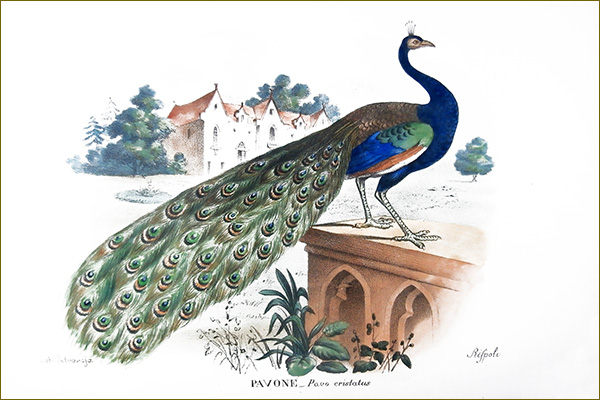For history of scientific illustration. The case of the People’s Zoological Atlas by dr. Giovanni Boschi
DOI:
https://doi.org/10.15168/xy.v1i2.31Abstract
In this article, having at my disposal an original copy of People’s Zoological Atlas by dr. Giovanni Boschi, I want to comment on the epochal singularity of a culture that, at a time when it was beginning to make its own the achievements of a new scientific knowledge and the new status that followed, however, was still strongly marked by the thought, taste and even the morality of the newly passed Enlightenment period, all aimed at celebrating the centrality of humanism that characterized it. The images here exemplified reveal the great distance that separates them from what is known today as scientific image.

Downloads
Published
2017-01-16
How to Cite
de Rubertis, R. (2017). For history of scientific illustration. The case of the People’s Zoological Atlas by dr. Giovanni Boschi. XY. Studies on the Representation of Architecture and the Use of the Image in Science and Art, 1(2), 80–91. https://doi.org/10.15168/xy.v1i2.31
Issue
Section
02-2016-Essays

